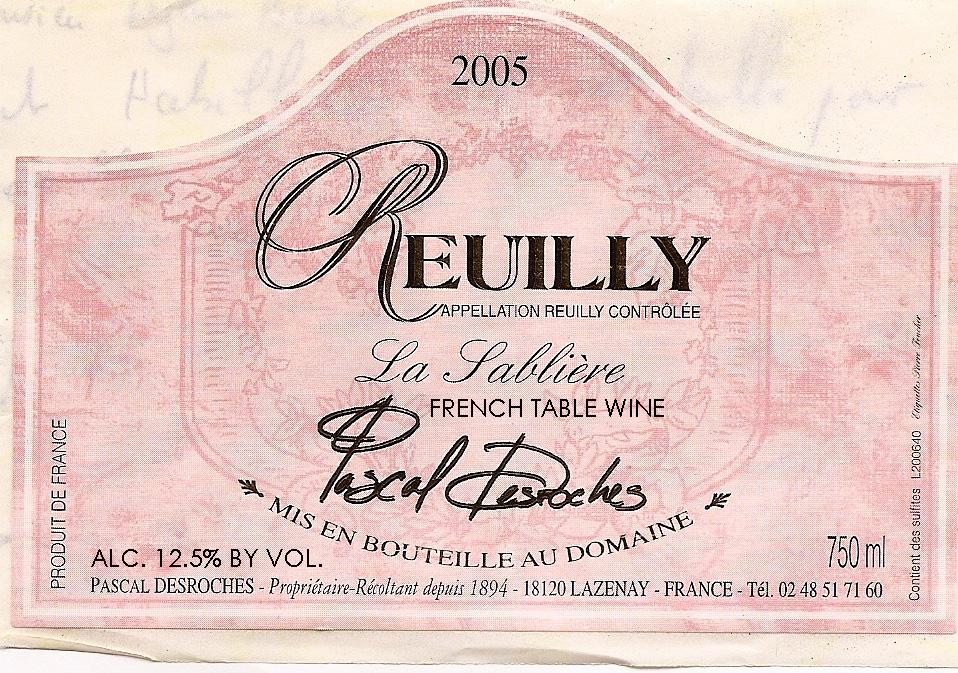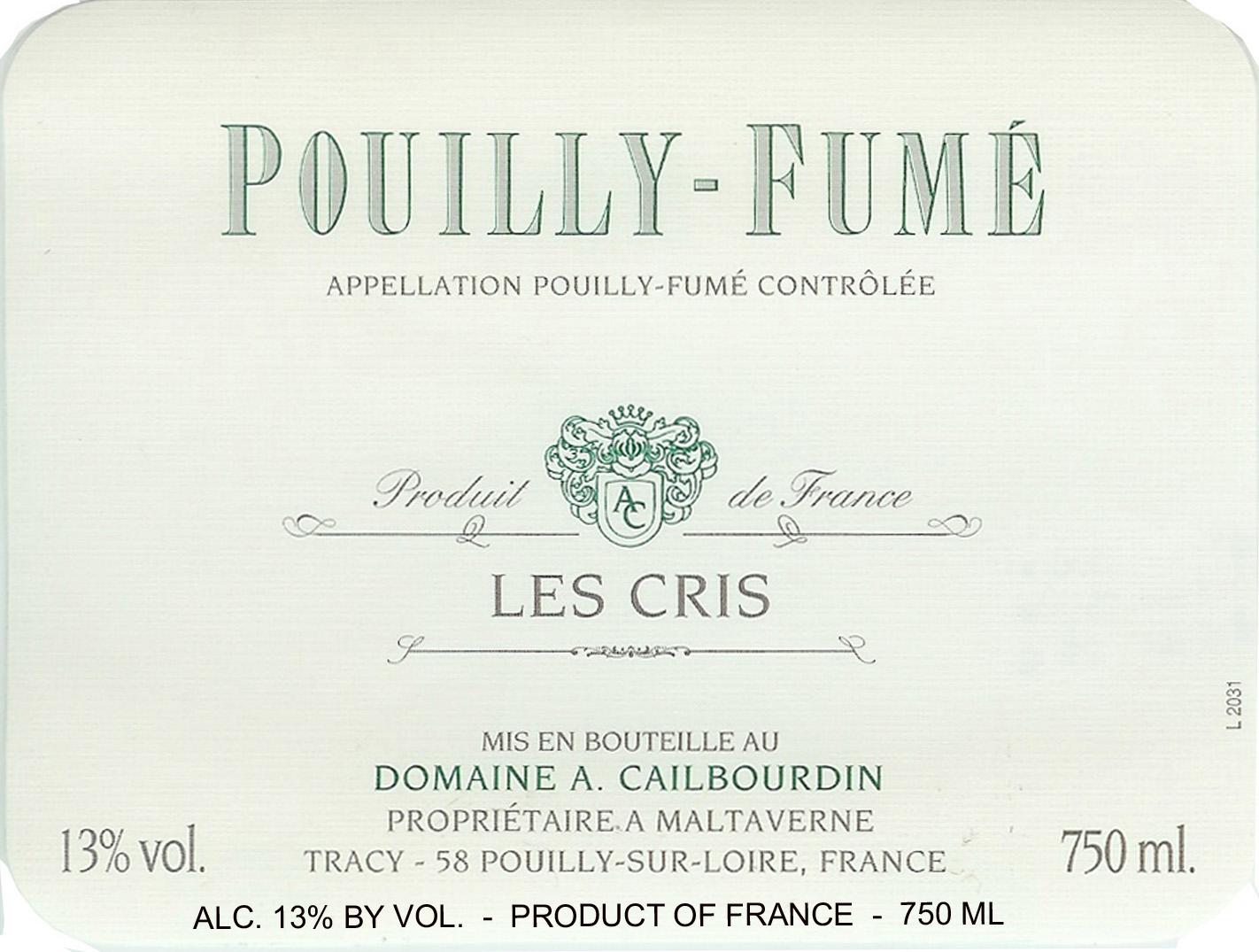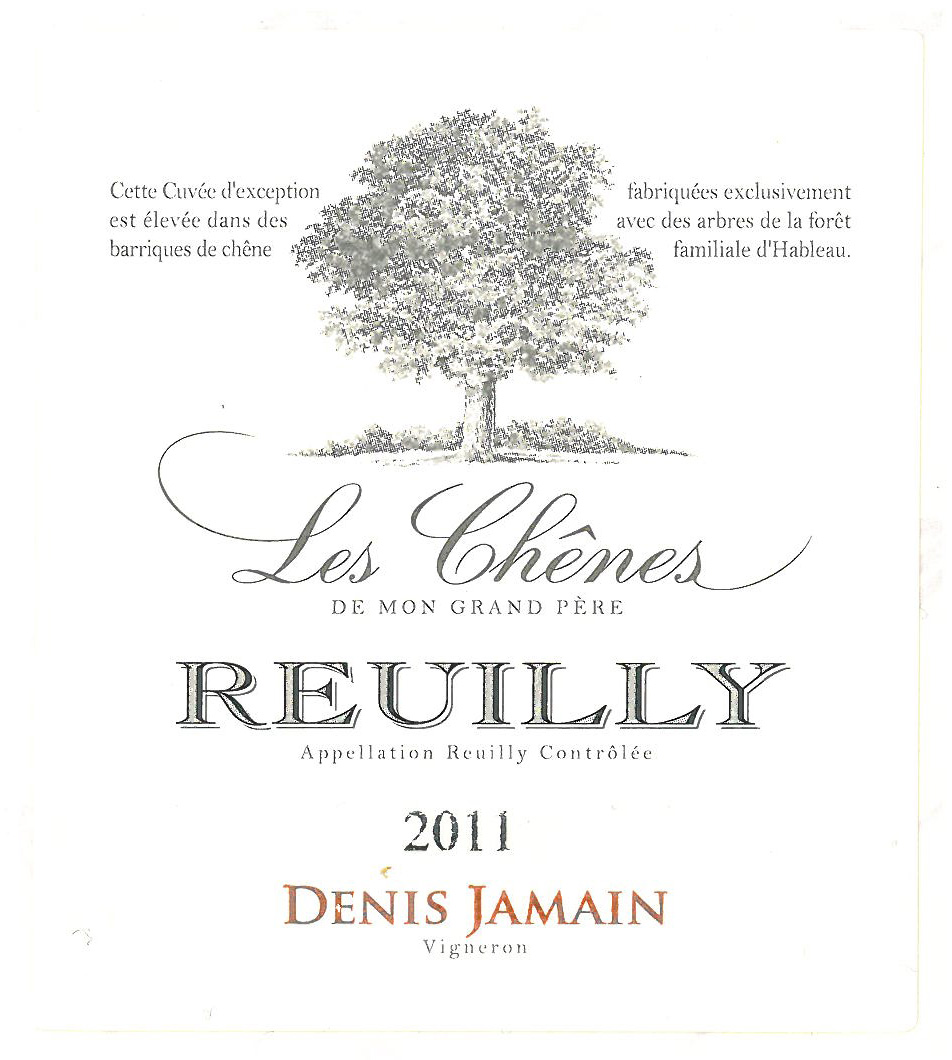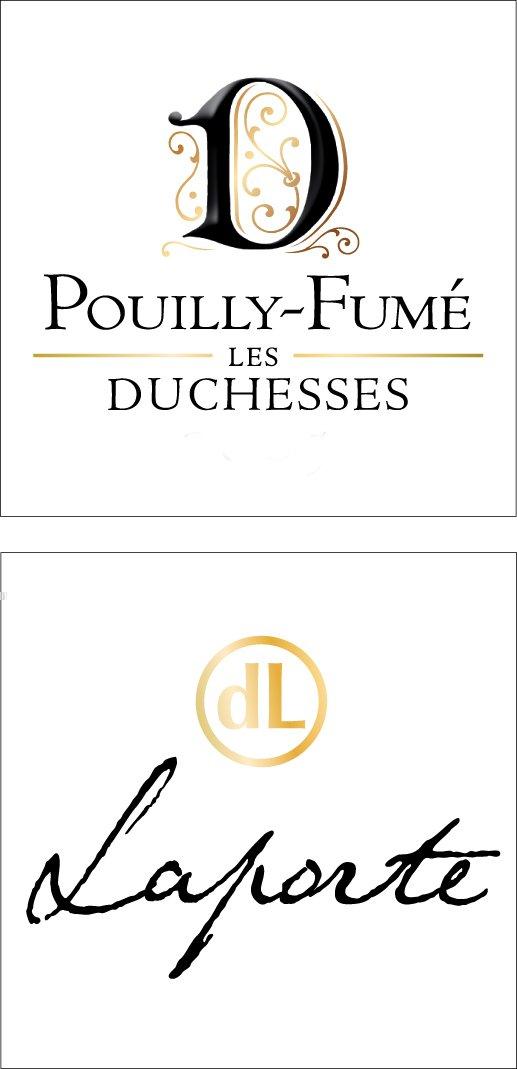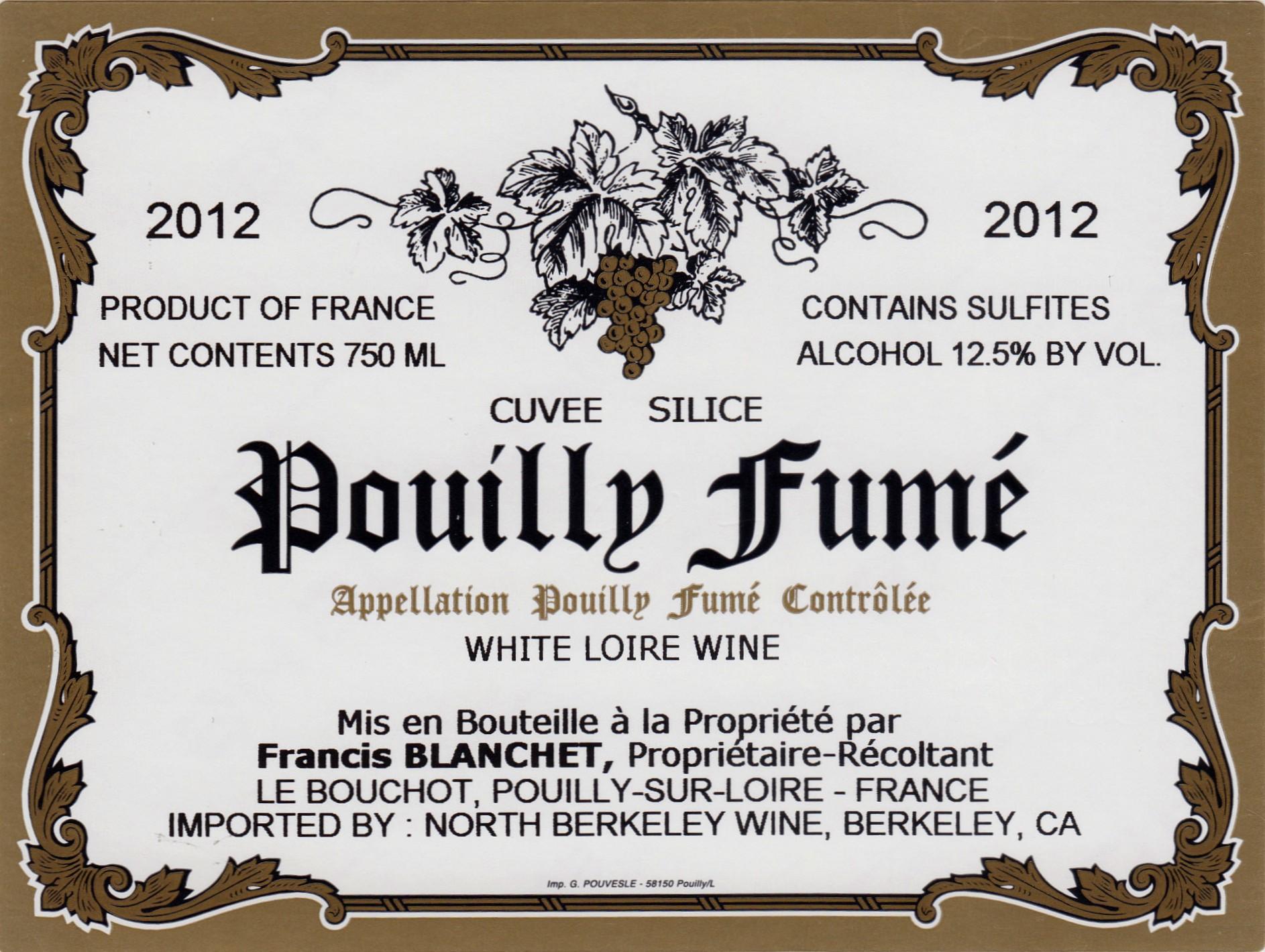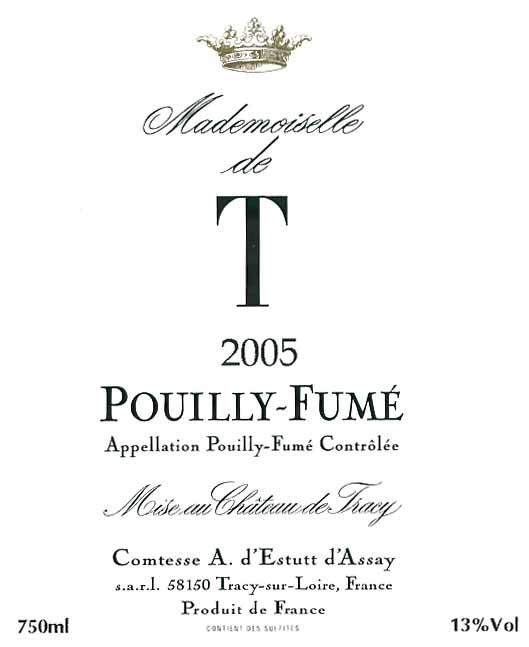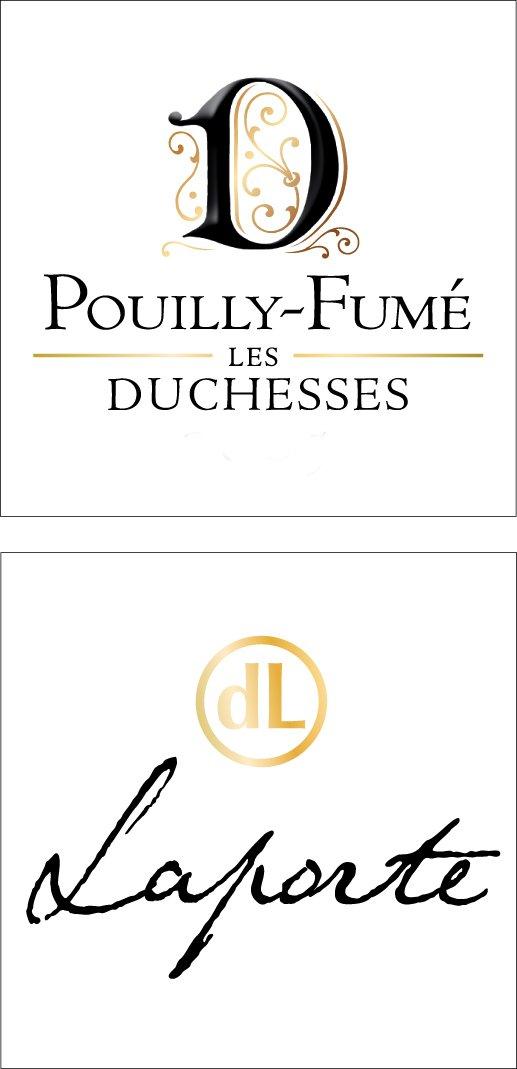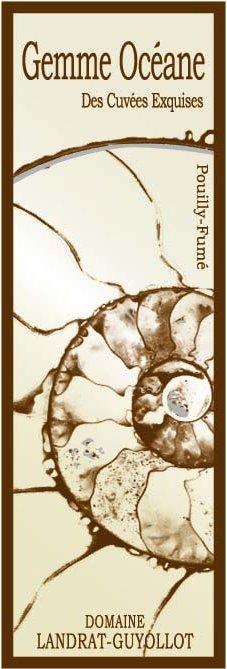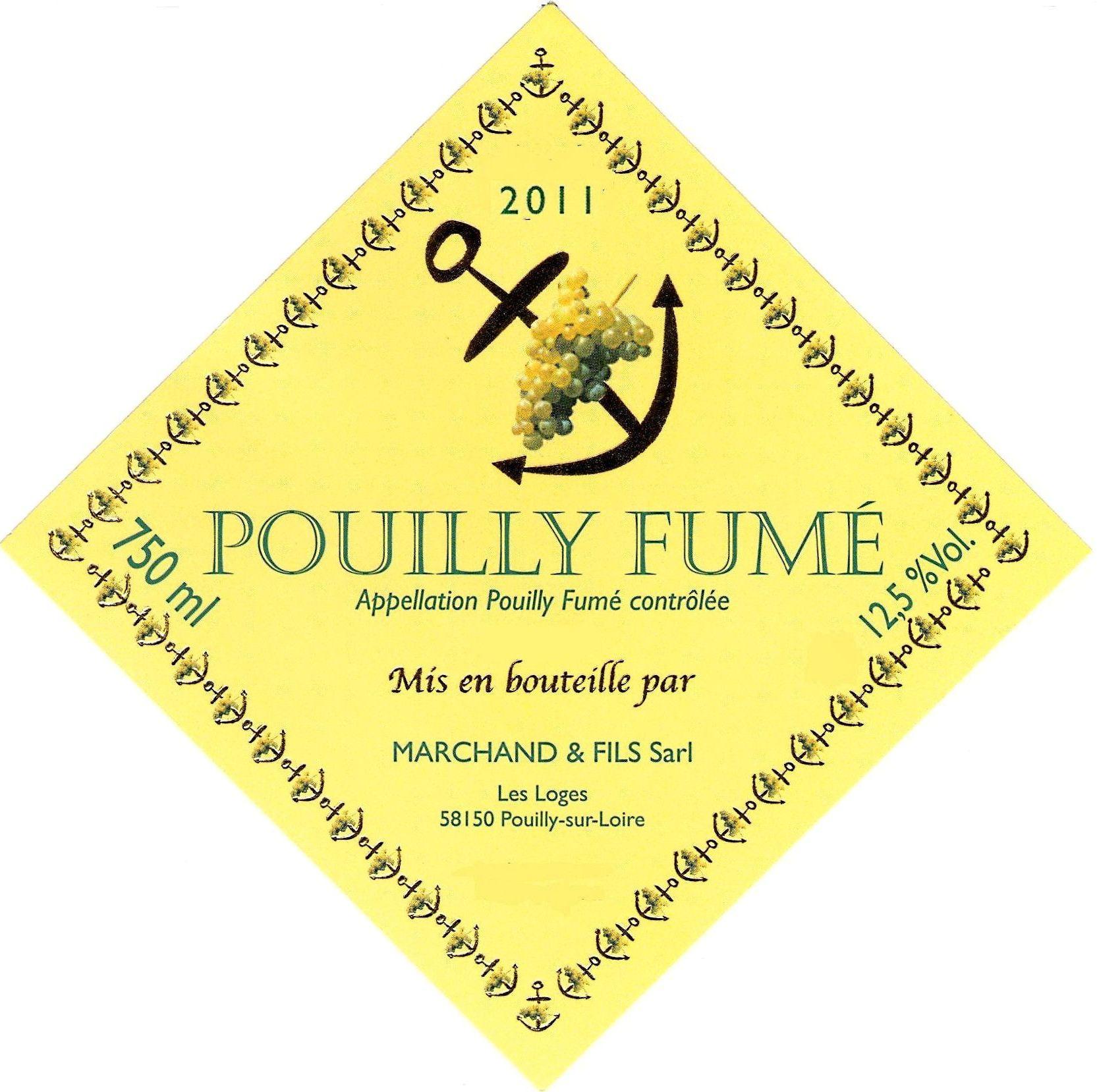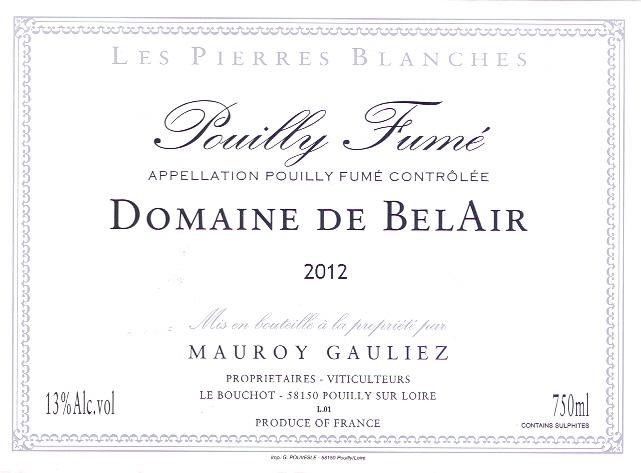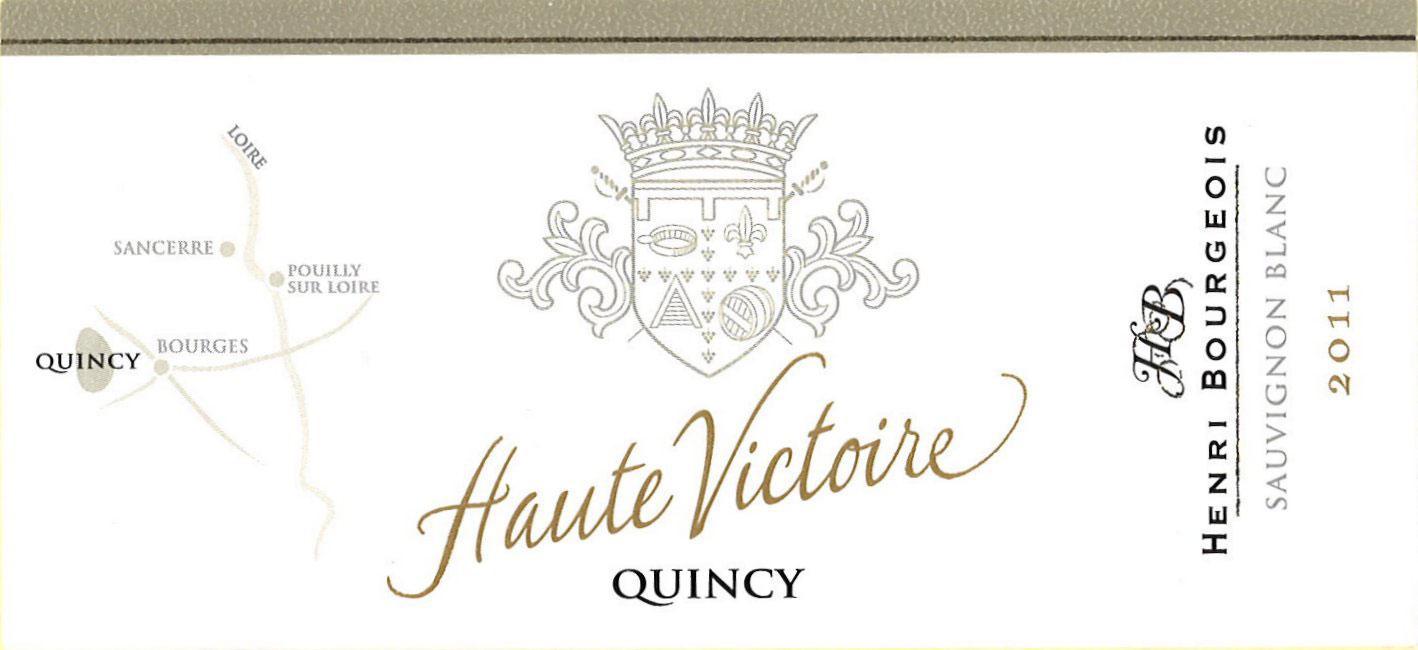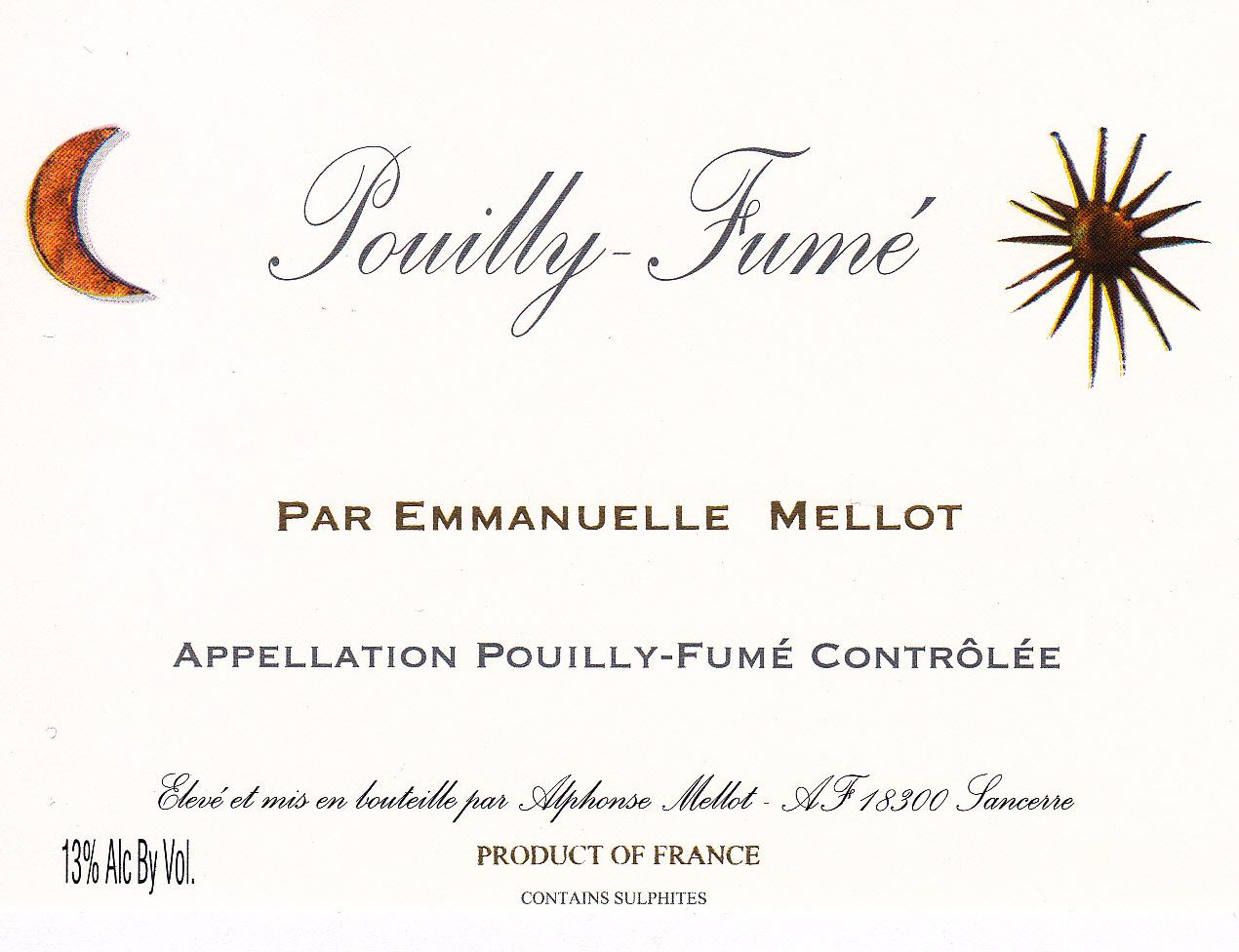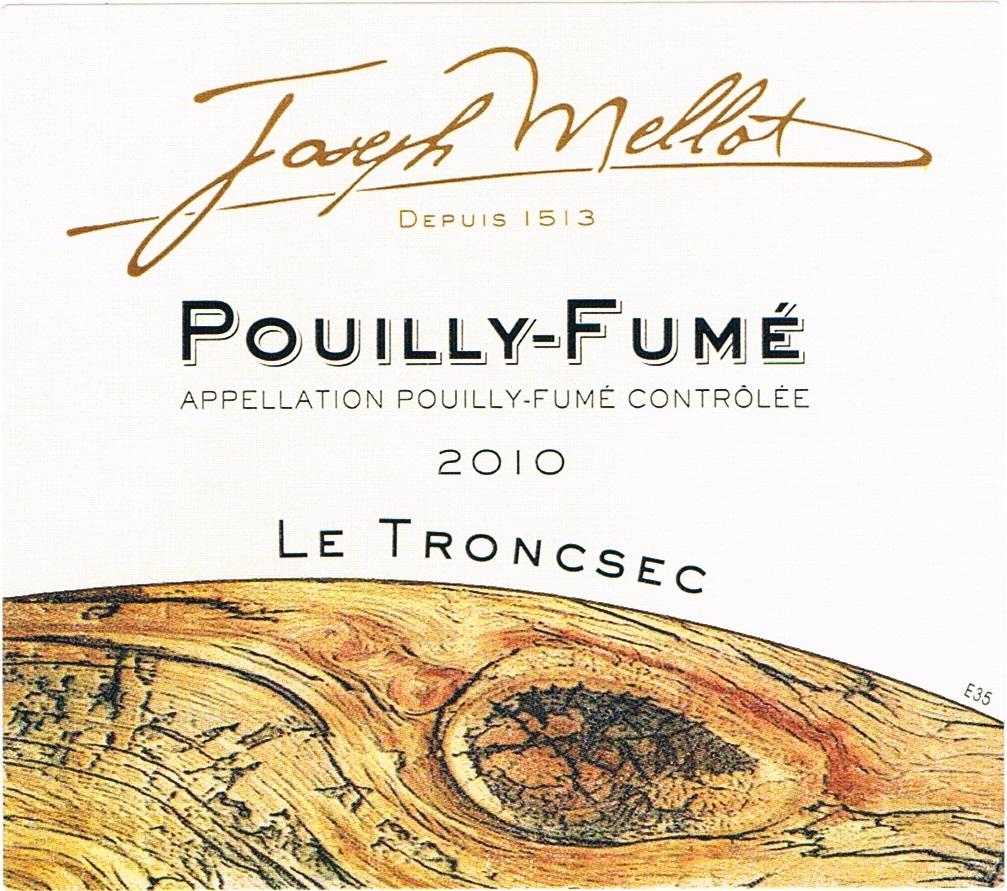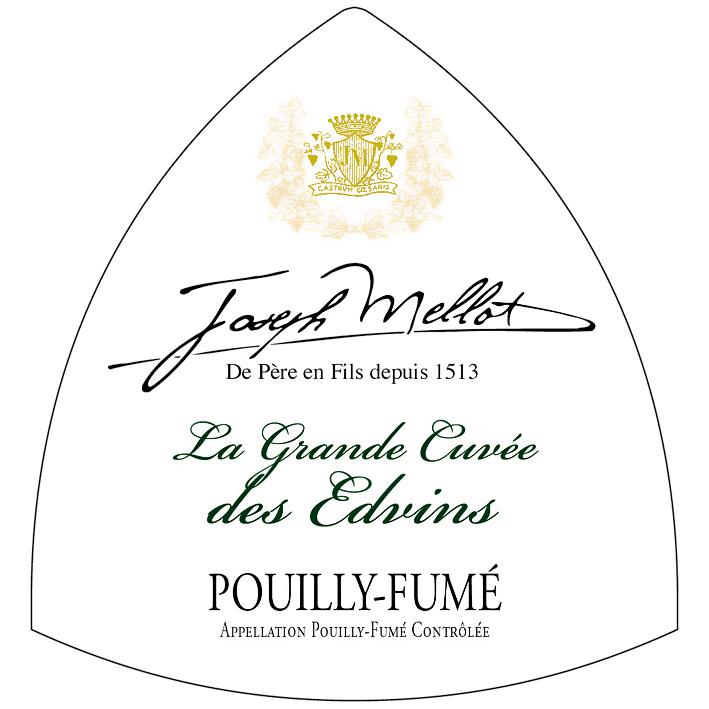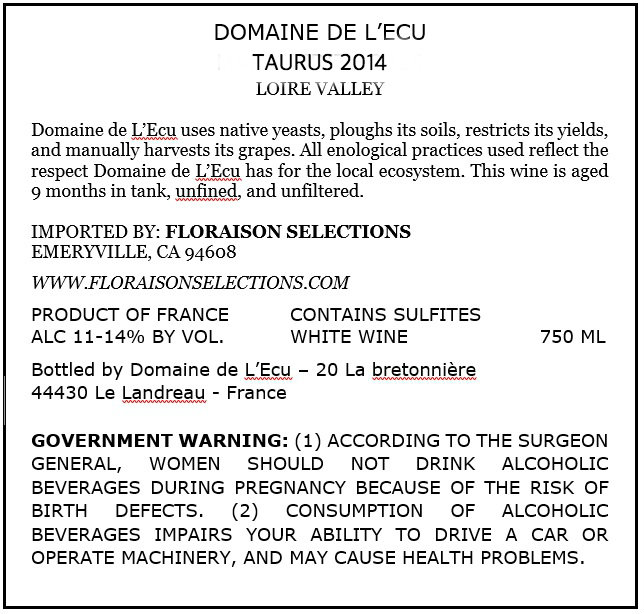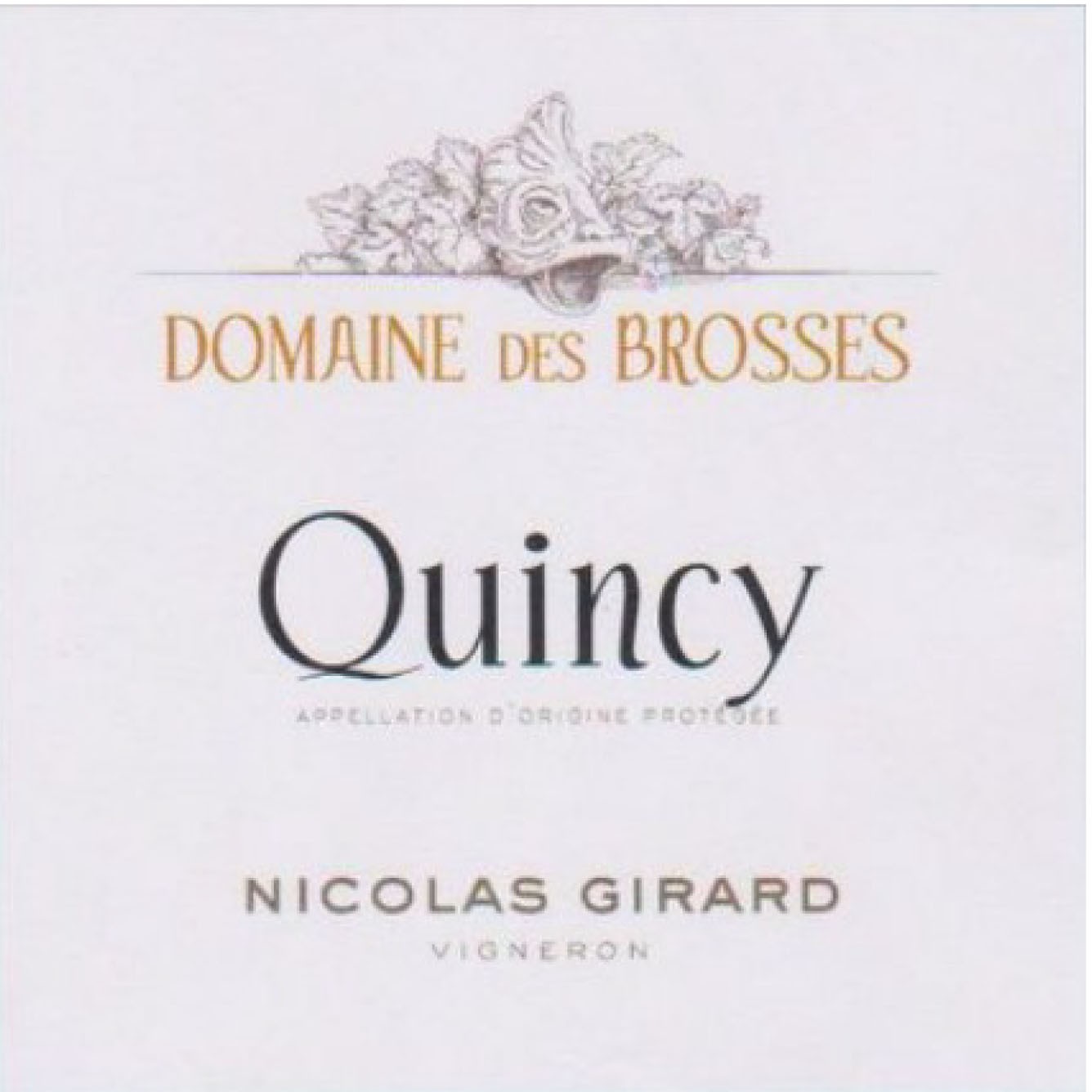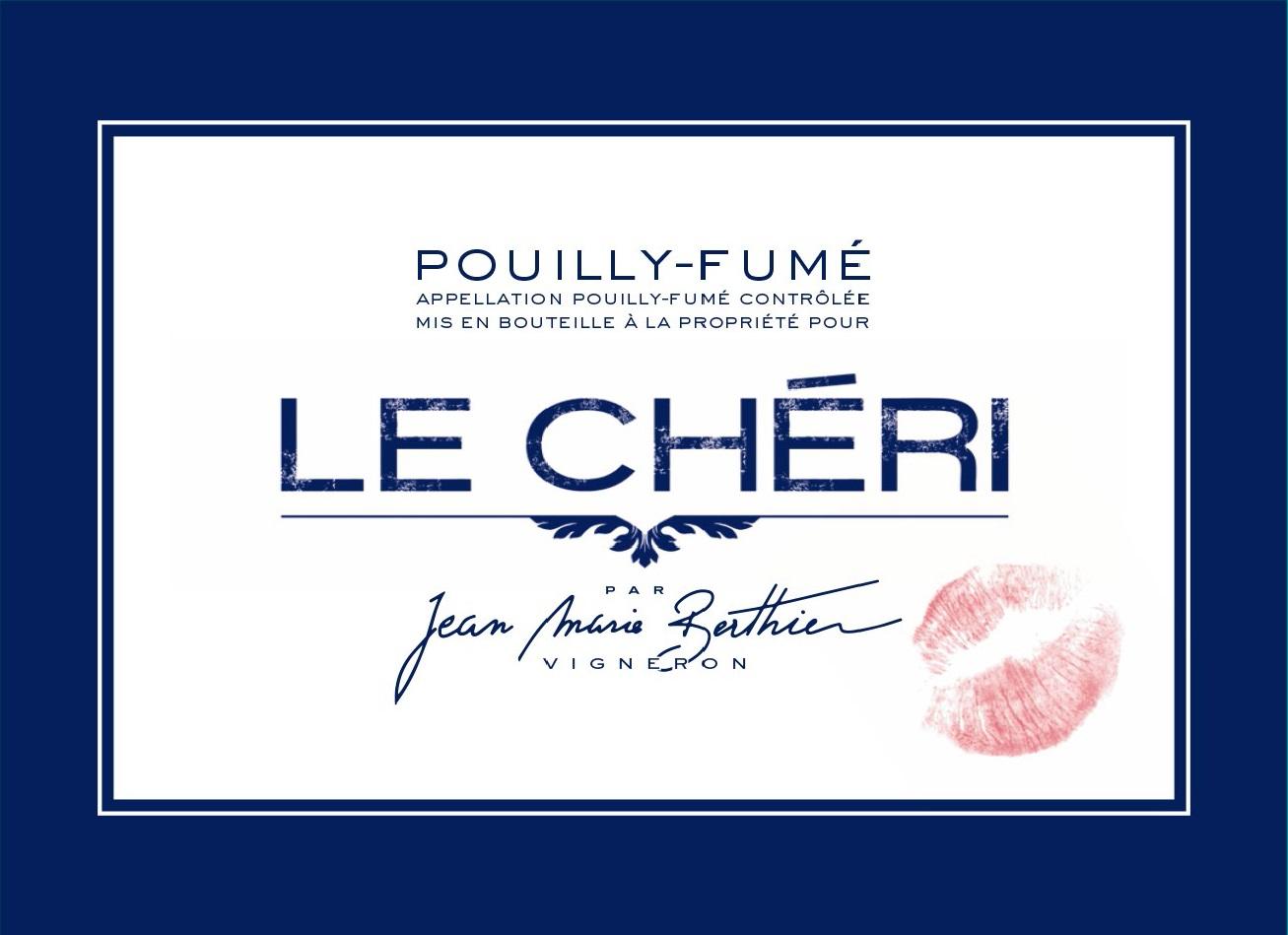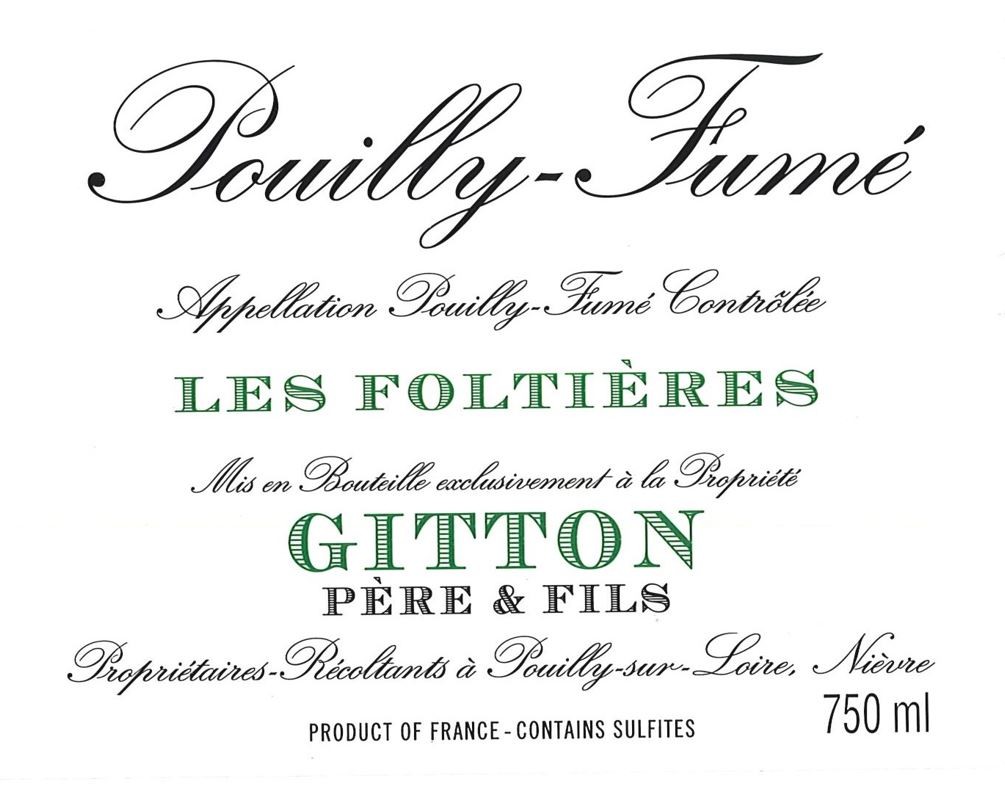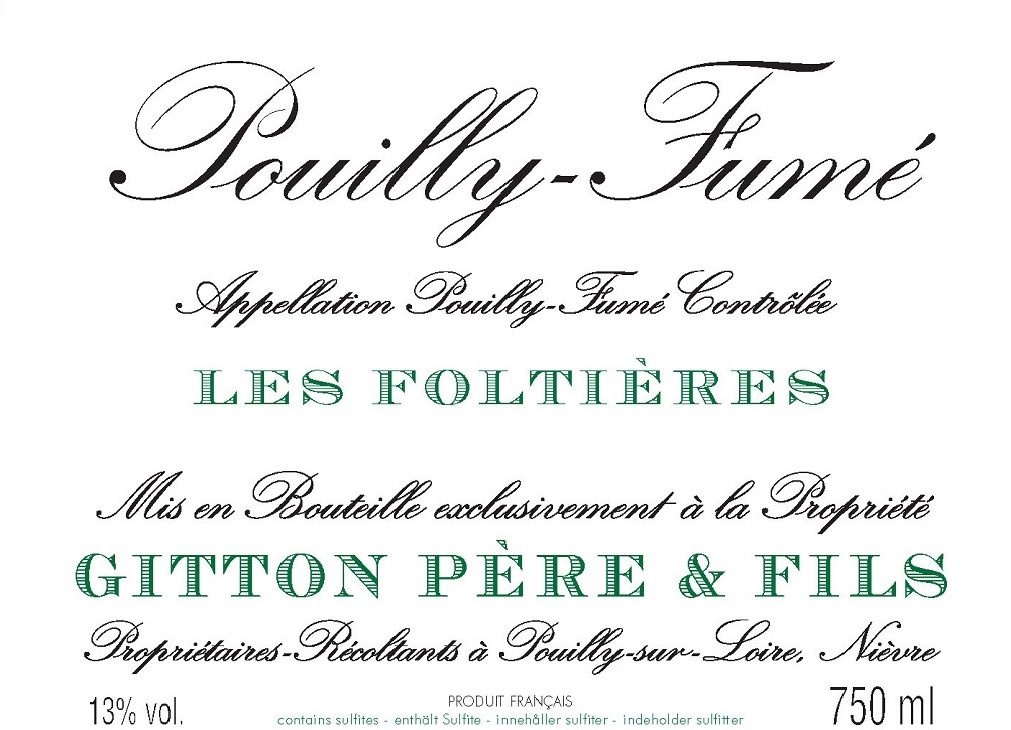Terroir of the Upper Loire
The Upper Loire's terroir is shaped by its rolling hills and prime location along the Loire River, with vineyards at elevations of 200–300 meters. The region's soils—Caillottes, Terres blanches, and Silex—give the wines their unique qualities. Caillottes, a rocky limestone, makes aromatic wines, while Terres blanches clay-limestone marls produce fuller-bodied, age-worthy wines. Silex adds a flinty, smoky touch.
The climate is cooler with moderate rainfall, supporting high natural acidity, ideal for Sauvignon Blanc and Pinot Noir. Late springs and cooling summers keep the wines' brisk, floral-fruit flavors and vibrant acidity. The mix of limestone and flint in the soil enhances the mineral precision, clearly expressing the vineyard site.
Notable Wineries in the Upper Loire
Chavignol, a village in the Upper Loire, is celebrated for its outstanding wineries that craft wines embodying the region's distinctive terroir. Here are some notable producers:
-
Domaine Henri Bourgeois: A family-run estate with a focus on organic practices, known for mineral-rich Sauvignon Blancs and well-crafted Pinot Noirs from Sancerre and Pouilly-Fumé.
-
Domaine Alphonse Mellot: Renowned for their pure, textured single-vineyard Sancerre wines, embracing organic and biodynamic methods.
-
Domaine Vacheron: Specializes in biodynamic Sancerres, emphasizing the unique limestone and flint terroir with structured Sauvignon Blancs and vibrant Pinots.
-
Domaine François Cotat: Cult status for intense mineral-precision Sancerre, often aged in older oak or large foudres.
-
Cave de Sancerre: The main cooperative, producing consistent, classic Sancerre wines, especially Sauvignon Blanc.
Sustainable Winemaking in the Upper Loire
The Upper Loire region is embracing sustainable wine practices, enhancing its reputation for producing expressive Sauvignon Blanc and Pinot Noir. Many wineries are adopting organic and biodynamic farming, using compost and cover crops to enrich the soil and reduce synthetic inputs. This commitment extends to achieving national sustainability certifications, such as HVE, which focus on biodiversity and careful pest management.
To protect the region's unique terroirs, vineyards on steep slopes employ permanent grass cover to prevent erosion and improve soil health, with mechanical weeding reducing herbicide use. Energy efficiency is prioritized with LED lighting, gravity-flow designs, and solar power. Wineries are also shifting to lighter bottles and sustainable packaging, minimizing their carbon footprint. These practices not only preserve the environment but also enhance the wines' authenticity and flavor, ensuring the Upper Loire's legacy of quality winemaking endures.
Wine Tourism in the Upper Loire
Wine tourism in the Upper Loire offers a rich tapestry of experiences, blending natural beauty with vinous exploration. Enthusiasts can enjoy the Loire à Vélo trail, which meanders through the region's iconic vineyards, allowing for leisurely stops at wineries from Pouilly-sur-Loire to Sancerre.
Noteworthy for its medieval charm, Sancerre provides an immersive cultural experience, complete with vineyard tours and tastings. Nearby, the village of Chavignol pairs its famous goat cheese with the region's high-acid, mineral-driven Sauvignon Blanc.
Visitors can explore numerous tasting rooms, such as Maison des Vins de Sancerre, offering guided tastings and cellar tours.
Seasonal festivals highlight local terroir, with events celebrating the harvest, food, and music. These festivals often feature wine-pairing menus that showcase the region's celebrated varietals, enriching the understanding of Upper Loire's unique terroir and sustainable winemaking practices.



